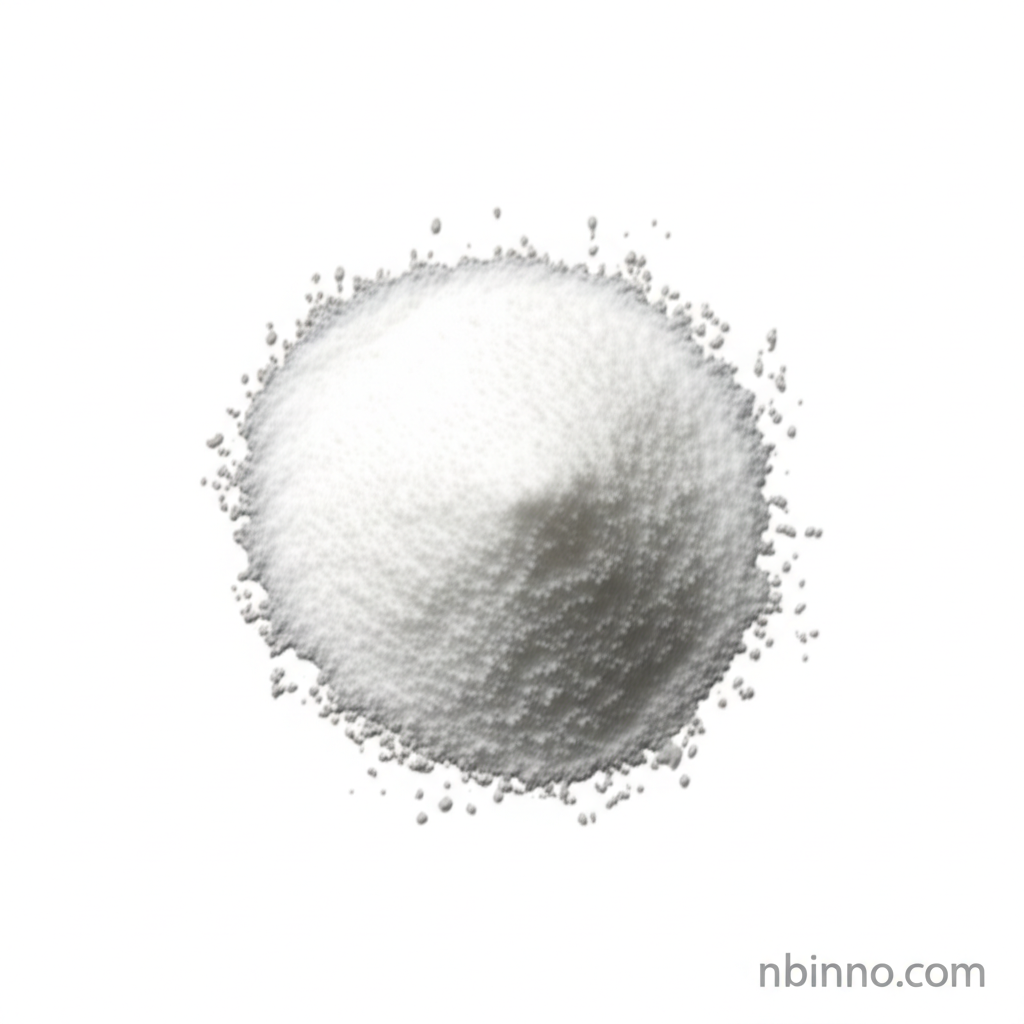3-Phenyl-1H-pyrazole-4-carbaldehyde: Synthesis, Properties, and Applications in Chemical Research
Discover the key characteristics and applications of this vital organic compound for your research needs.
Get a Quote & SampleProduct Core Value

3-Phenyl-1H-pyrazole-4-carbaldehyde
This article focuses on 3-Phenyl-1H-pyrazole-4-carbaldehyde, a significant organic compound identified by CAS number 26033-20-5. It details its physical characteristics, including its appearance as a white to yellow powder and a melting point range of 146-148°C. The compound is noted for its high purity, typically 98% or above, making it suitable for demanding synthetic applications.
- Leveraging 3-Phenyl-1H-pyrazole-4-carbaldehyde synthesis pathways, researchers can access this key chemical intermediate.
- Understanding CAS 26033-20-5 chemical uses reveals its utility in various chemical research fields.
- This compound serves as a valuable building block in organic synthesis, enabling the creation of complex molecules.
- Explore the corrosion inhibitor for mild steel application, showcasing its practical industrial potential.
Advantages Provided by the Product
High Purity for Reliable Results
With a guaranteed purity of 98% and above, this compound ensures consistent and reproducible outcomes in your chemical research, facilitating accurate 3-Phenyl-1H-pyrazole-4-carbaldehyde synthesis studies.
Versatile Chemical Intermediate
Its structure makes it an ideal building block for developing novel compounds, offering extensive possibilities in organic synthesis and the exploration of new chemical intermediate properties.
Broad Application Potential
From serving as a research chemical to potential uses like corrosion inhibitor for mild steel, the compound demonstrates a wide array of applications across different scientific disciplines.
Key Applications
Organic Synthesis
As a key component in fine chemical building blocks, it is instrumental in creating intricate molecular structures vital for advanced chemical research.
Corrosion Inhibition
Studies indicate its effectiveness as a corrosion inhibitor for mild steel in acidic environments, highlighting its protective capabilities in industrial settings.
Material Science
Its unique structural features make it a candidate for developing new materials with specific properties, contributing to advancements in material science.
Pharmaceutical Research
As a pyrazole derivative, it holds potential as a precursor or intermediate in the synthesis of novel pharmaceutical compounds, contributing to drug discovery efforts.
